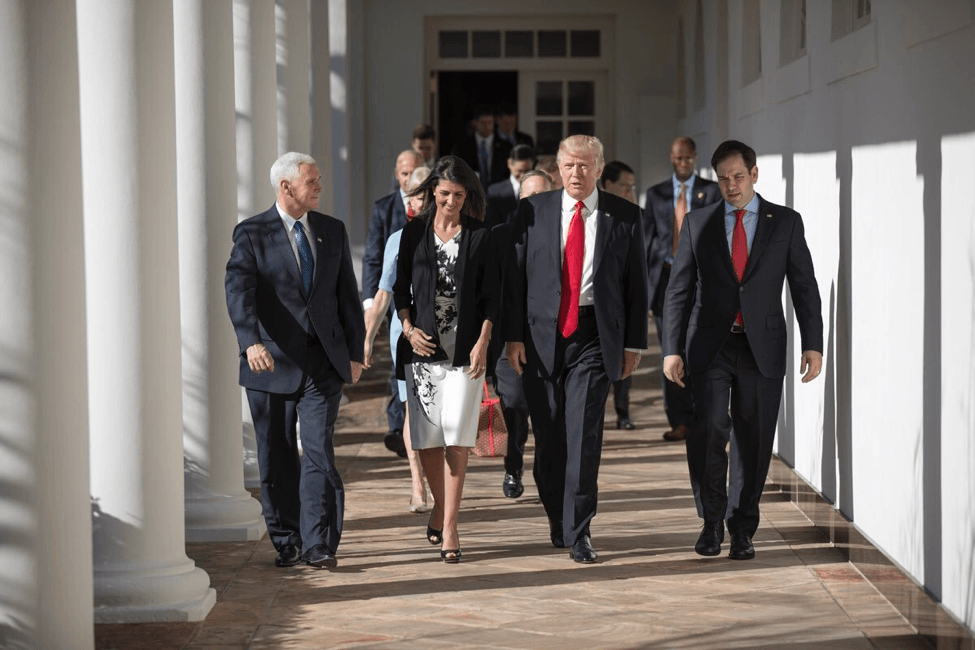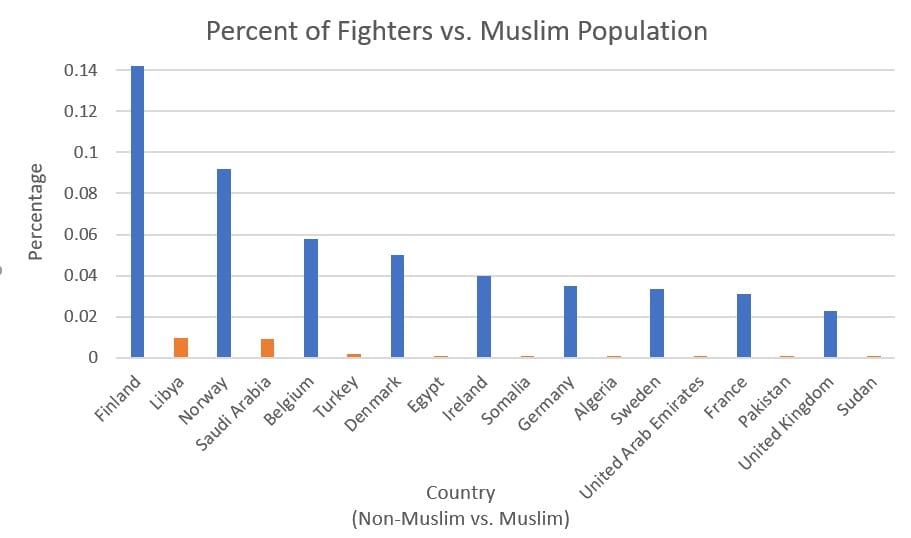Nearly a year after the Brussels attacks, the GW Program on Extremism, coordinated an event analyzing The Jihadi Threat in Europe: Insights from Belgium. The goal of the discussion was to promote thoughtful commentary from multiple perspectives on the Belgian approach to countering violent extremism and how such tactics might be implemented elsewhere. The panelists included Professor Thomas Renard from the Egmont Royal Institute for International Relations, Matthew Levitt who worked as an analyst on extremism for both the FBI and Department of State, and Cedric Janssens de Bisthoven, a representative from the Belgian Embassy in the U.S. Throughout the discussion, several themes continued to arise pointing to the reasons for such a large threat in Belgium, and their successes and deficiencies in thwarting the expansion of the terrorist community living within Belgium.

Source: Daniel Berehulak for the New York Times
Thomas Renard explained that part of the threat in Belgium comes simply from geographic location. Situated in between Germany and France, Belgium often serves as a stopping point for immigrants and refugees on their way to begin anew, or a final destination for those seeking a new beginning. The problem with this is that these immigrants often come to Belgium expecting a welcoming society filled with opportunity, but instead find a country that lacks integration and is grappling with social discrimination and ethnic prejudice. The jobs these people were hoping to find are not available and the dreams of upward mobility and social satisfaction in the West come to a screeching halt. The lack of integration cannot be fully attributed to Belgium nor the immigrants, yet it is evident that the failure has created societal divisions and tensions surrounding the various ethnicities living independently of one another. This social division plays into the ISIS call for offensive jihad, violence against non-Muslims in regions outside of the caliphate, making the situation very dangerous.

Source: Fact Monster Atlas: Belgium
Belgium’s size contributes greatly to terrorism’s ability to flourish. Recruiters and fighters communicate through a network which is substantially smaller than other large countries, thus eliminating the issue of proximity. Moreover, Belgium has the highest ratio of foreign fighters per capita and lacks the capacity and the facilities necessary to combat the number of foreign fighters re-entering the country. Generally, these fighters are thrown in prison. Yet because Belgium’s prisons are not large enough to contain all of these extremists in solitary confinement, prisons become an incubator for terrorists’ recruitment and plotting. Also contributing to the proliferation of Islamic extremists in Belgium, is the isolated communities which foster the development of homegrown terrorism. Salafism, a radical sect of Islam, is quite pervasive in Belgium and facilitates a growth in the number of radicalized people. Belgium’s strategy to prevent extremism is to develop a new narrative steering Muslims away from radicalization. This plan would include creating a distinct Belgian Islam to help people find solidarity within the Belgian community and cut ties with Saudi Arabia.
Cedric Janssens de Bisthoven told of how Belgian security and CVE policy has undergone many dramatic changes in recent years. Following the Brussel’s terror attacks, European laws on terror acts and arms proliferation have been modified. This reflects the Belgian emphasis on security and prevention of attacks rather than a soft power approach aimed at turning people away from terrorism. Another recent complexity involves the transfer of CVE responsibility from the federal government to regional systems. This modification can lead to problems in cohesion and ability to perform some of the more sophisticated measures carried out by the national government. Huge changes in security procedures. Cedric Janssens de Bisthoven from the Belgian embassy, spoke to the recent technological developments and their implications for the CT effort in Belgium. Telephone companies are now allowed to store metadata, making the hunt for terrorists more efficient. Additionally, there are efforts to make the database of suspected terrorists more accurate and well maintained. This improvement can help in other efforts to keep terrorists from travelling by air and crossing national borders. One area that is relatively cohesive, is the training undergone by police to help them recognize and deal with early signs of terrorism.
Matthew Levitt from the Washington Institute for Near East Policy, was eager to emphasize the ways in which Belgian strategies can be implemented in other nations. He cited the example of the terrorism prevention partnership between Columbus, Ohio and cities in Belgium. Additionally, the BRAVE program in Montgomery County, Maryland is adapted from the police training programs used throughout Belgium. Though other nations can take several lessons from the Belgian CVE strategy, it was agreed amongst the panel that in order for Belgium to succeed in its fight against terror, there must be a transnational European force to develop proactive solutions to the influx of foreign fighters and their transit across borders.







 Recommendations: a long-term approach
Recommendations: a long-term approach Predictive not reactive: a public diplomacy crisis management strategy
Predictive not reactive: a public diplomacy crisis management strategy









